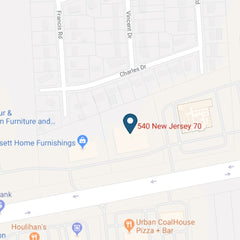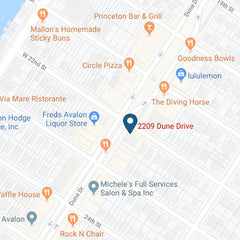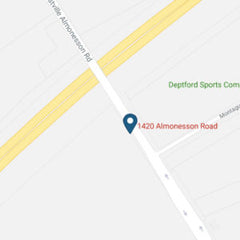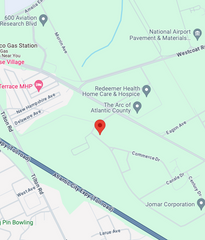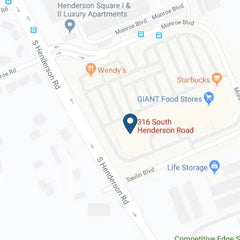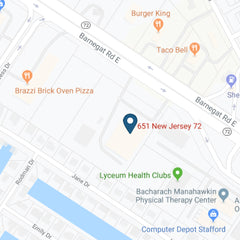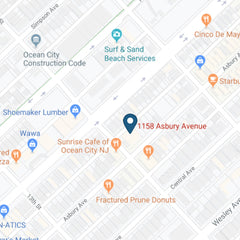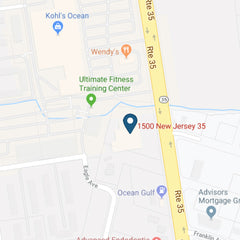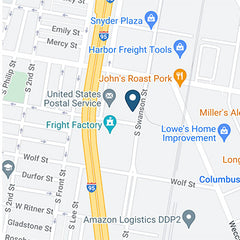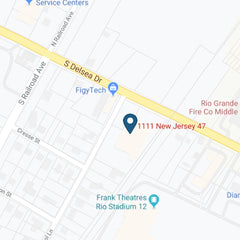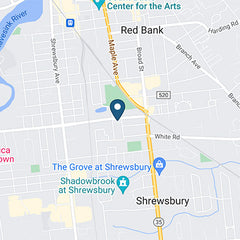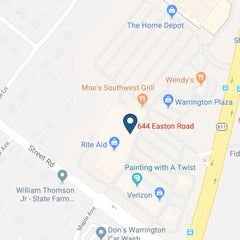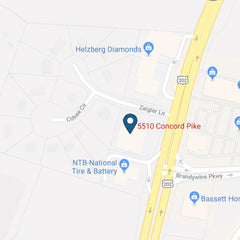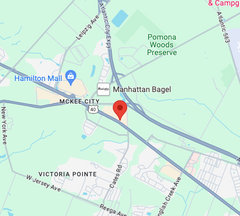What is LVT Flooring?
Luxury Vinyl Tile (LVT) is a high-quality, synthetic material that replicates the look of natural materials such as wood or stone but at a fraction of the price. This durable, easy-to-maintain, and waterproof vinyl flooring option is constructed of multiple layers that add to its design and ease of maintenance.
LVP vs LVT vs Engineered Hardwood
Luxury vinyl tile, luxury vinyl planks, and engineering hardwood are all made from layers of material that make them more durable while maintaining the look of your favorite flooring types. They have very similar benefits, so your choice will likely come down to look, affordability, and maintenance.
LVP (Luxury Vinyl Planks)
If you love the appearance of hardwood but are looking for a less expensive alternative, consider luxury vinyl planks. These vinyl planks have interlocking edges that make them easy to install and mimic the look of real wood. They’re easy to maintain and are waterproof, unlike engineered hardwood.
Engineered Hardwood
Unlike solid hardwood, which is made of a single, solid piece of wood, engineered hardwood is made of multiple layers of hardwood and plywood. This makes it more resistant to moisture than standard hardwood while looking very similar. Engineered hardwood is cheaper than hardwood, but more expensive than vinyl flooring.
Frequently Asked Questions about Luxury Vinyl Flooring
Is luxury vinyl tile good?
LVT is a popular, reliable flooring option for homes. It’s often chosen for its durability, cost, and easy maintenance.
How much does LVT flooring cost?
LVT is a good option because of its affordability in comparison to ceramic tile or hardwood. The cost of the flooring itself will vary based on the option you pick; LVT can range between roughly $2-10 per square foot. Installation is typically anywhere from $3-6 per square foot.
Is LVT waterproof?
Yes! This makes it a great choice for areas like kitchens and bathrooms.
Is luxury vinyl flooring toxic?
High-quality LVT products are strictly regulated and tested to ensure they’re safe for you and your family. Look for certifications from organizations like GREENGUARD or FloorScore to make sure you’re buying the safest LVT products on the market.
Luxury Vinyl Tile Pros and Cons
Luxury vinyl tile (LVT) flooring has become a popular choice for homeowners and businesses alike due to its durability, versatility, and aesthetic appeal. This type of flooring offers a great alternative to traditional materials like hardwood or stone, with a wide range of design options to suit any style.
There will always be both pros and cons to any type of flooring based on your lifestyle and family needs, but luxury vinyl tile flooring is a great option for all types of families and lifestyles.
Benefits of Luxury Vinyl Tile
Durability
LVT flooring is known for its impressive durability and ability to withstand heavy foot traffic and wear and tear. Luxury vinyl tile is comprised of multiple layers, including:
-
- The polyurethane coating
- The protective clear layer known as the "wear layer"
- The print film layer
- The vinyl core
- And the tile backing

The clear top layer over the design protects the floor from scratches, stains and fading. So, it's safe to say that luxury vinyl tile is built to endure the busiest homes with kids and pets.
Waterproof
Another benefit of LVT flooring is its resistance to moisture. Unlike natural materials such as hardwood and stone, luxury vinyl tile is waterproof, making it perfect for areas prone to spills and splashes, such as bathrooms and kitchens.
This moisture resistance also makes LVT a great choice for basements and other areas with high humidity levels, where traditional flooring options may be susceptible to mold and mildew.
Design Options
With a wide range of colors, styles, and patterns available, LVT flooring offers endless possibilities for customization and personalization. Whether you prefer a traditional wood look, a modern geometric design, or a bold statement pattern, there is a luxury vinyl tile option to suit your style and complement your home’s decor.
Affordability
Luxury vinyl tiles are a good value because they're not only long-lasting, but they're less expensive than ceramic tile or hardwood flooring, even though they can create a very similar look. With a wide range of colors, styles, and patterns available, LVT flooring allows you to achieve the look of natural materials without the hefty price tag.
Easy to Clean & Maintain
The natural materials that luxury vinyl tile can be designed to look like, including hardwood and stone, are known to have maintenance requirements to help prevent them from getting and looking damaged. Fortunately, with luxury vinyl tile, clean up and maintenance are easy!
Regular sweeping and occasional mopping are all that is needed to keep your floors looking their best, saving you time and effort on upkeep. Additionally, LVT is pet-friendly, as it is resistant to scratches and stains caused by pets’ claws and accidents, making it a practical option for households with furry friends.
Considerations of Luxury Vinyl Tile
Subfloor Requirements
Successful installation of vinyl tile requires proper subfloor preparation because it will adapt to the surface it's applied to. So, if there are any irregularities on the subfloor, they will definitely show through the vinyl tile and will show an uneven appearance and possibly cause gaps.
Not Slip-Resistant
Due to its smooth surface and water-resistant properties, wet floors can become slippery and increase the likelihood of slips and falls. It is important to quickly clean up any water spills on luxury vinyl tile flooring to prevent accidents and ensure a safe living environment for everyone in the household. Mats or area rugs can also be placed in high-traffic areas to absorb any excess water and provide additional traction to reduce the risk of falls.
Non-Biodegradable
Unfortunately, luxury vinyl tile is not biodegradable. When disposed of, they stay in garbage dumps and can't be recycled. So, if environmental care is a critical factor in your decision-making process, this is a disadvantage to consider.




